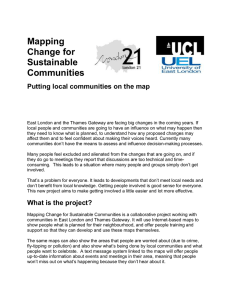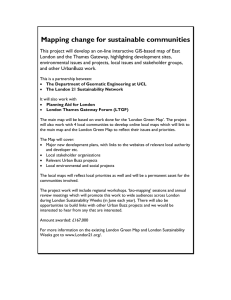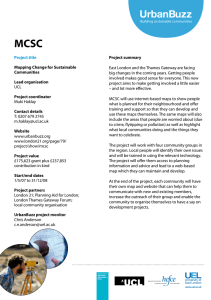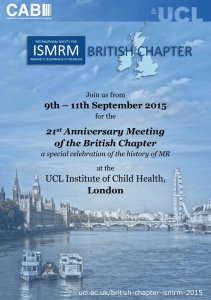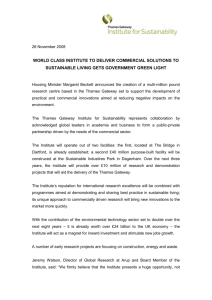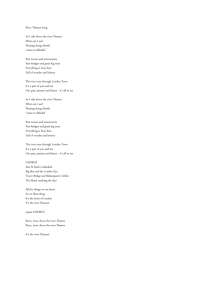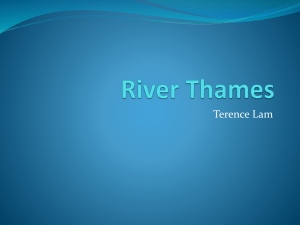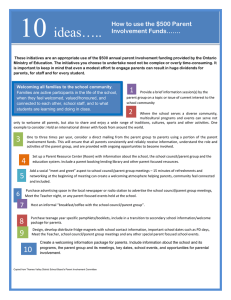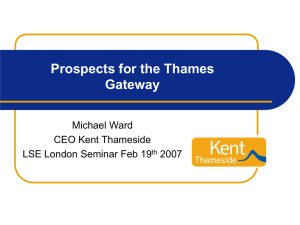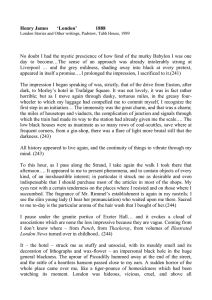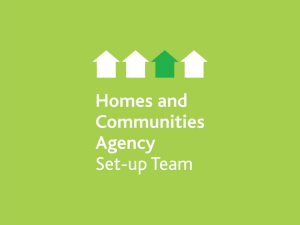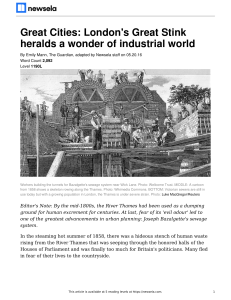Mapping Change for Sustainable Communities Project London 21 website description
advertisement
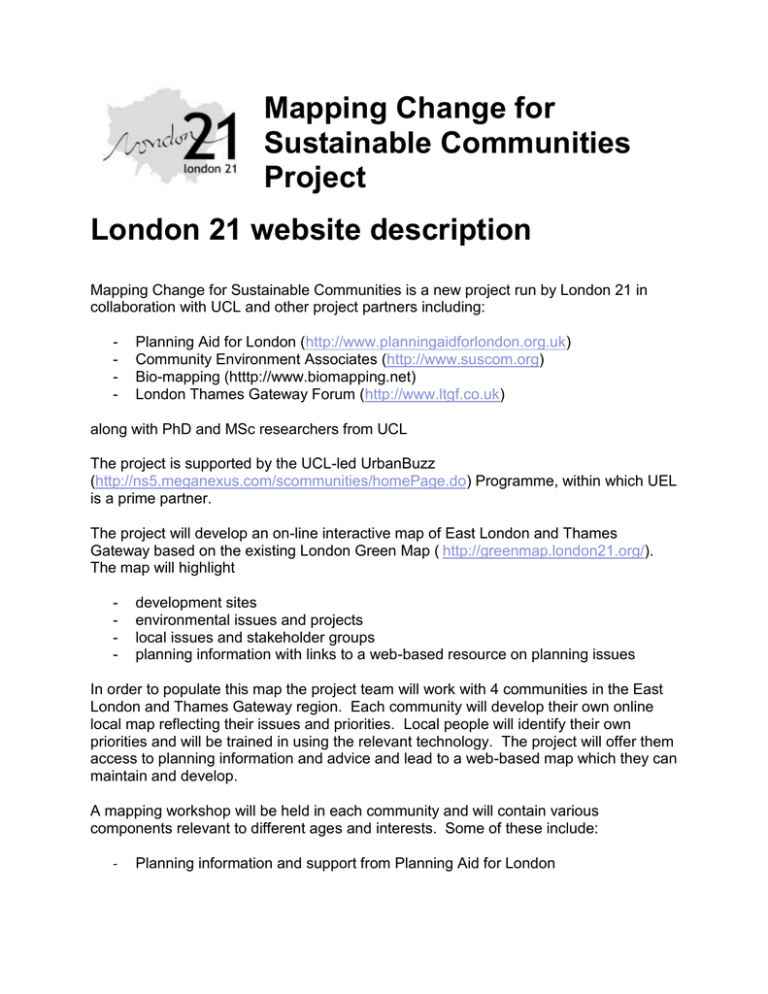
Mapping Change for Sustainable Communities Project London 21 website description Mapping Change for Sustainable Communities is a new project run by London 21 in collaboration with UCL and other project partners including: - Planning Aid for London (http://www.planningaidforlondon.org.uk) Community Environment Associates (http://www.suscom.org) Bio-mapping (htttp://www.biomapping.net) London Thames Gateway Forum (http://www.ltgf.co.uk) along with PhD and MSc researchers from UCL The project is supported by the UCL-led UrbanBuzz (http://ns5.meganexus.com/scommunities/homePage.do) Programme, within which UEL is a prime partner. The project will develop an on-line interactive map of East London and Thames Gateway based on the existing London Green Map ( http://greenmap.london21.org/). The map will highlight - development sites environmental issues and projects local issues and stakeholder groups planning information with links to a web-based resource on planning issues In order to populate this map the project team will work with 4 communities in the East London and Thames Gateway region. Each community will develop their own online local map reflecting their issues and priorities. Local people will identify their own priorities and will be trained in using the relevant technology. The project will offer them access to planning information and advice and lead to a web-based map which they can maintain and develop. A mapping workshop will be held in each community and will contain various components relevant to different ages and interests. Some of these include: - Planning information and support from Planning Aid for London - Emotional mapping – the use of innovative systems to record people’s reactions to their local environments A system where local people can receive information about local development/environment issues and events via SMS messages to their mobile phone At the end of the project each community will have their own map and website that can help them to communicate with new and existing members, increase the outreach of their group and enable the community to organise themselves to deal with development projects Background East London and the Thames Gateway are facing huge and accelerating changes. If local people and communities are to engage effectively with the processes of change they need to know what is going on, to understand how proposed changes may affect them and to feel confident to play a positive role in those changes. Currently communities face change in their areas with limited means to assess and influence decision-making processes. Many people feel excluded and alienated from the changes that are going on, and if they do get involved they report that discussions are too technical and time-consuming. This leads to a situation where some stakeholders are missing from project discussions. The use of map-based systems is a logical way to tackle this issue. Mapping is a powerful way to visually represent information and helps to draw new links and ideas. The use of interactive mapping is common in academic and business communities but is still new for most communities. The London’ Green Map’ from which this will learn, was the world’s first public interactive on-line green map. The use of ‘bio-mapping’ will show how subjective information can also be mapped, while the SMS system will offer information to a huge potential audience through mobile phones. The regional map (to be maintained and developed by London 21) will be a valuable legacy of this work, as will the four local maps developed and owned by local communities. Want to know more? For further information, please contact Georgia van Rooijen, Mapping and Development Project Officer at London 21 on 020 8968 4602 or 07952 704486 or by email georgia.vanrooijen@london21.org
